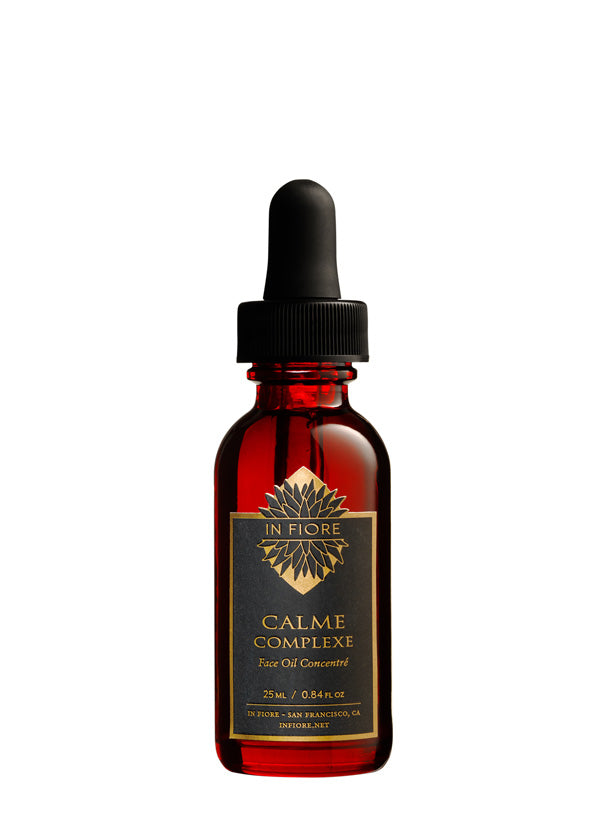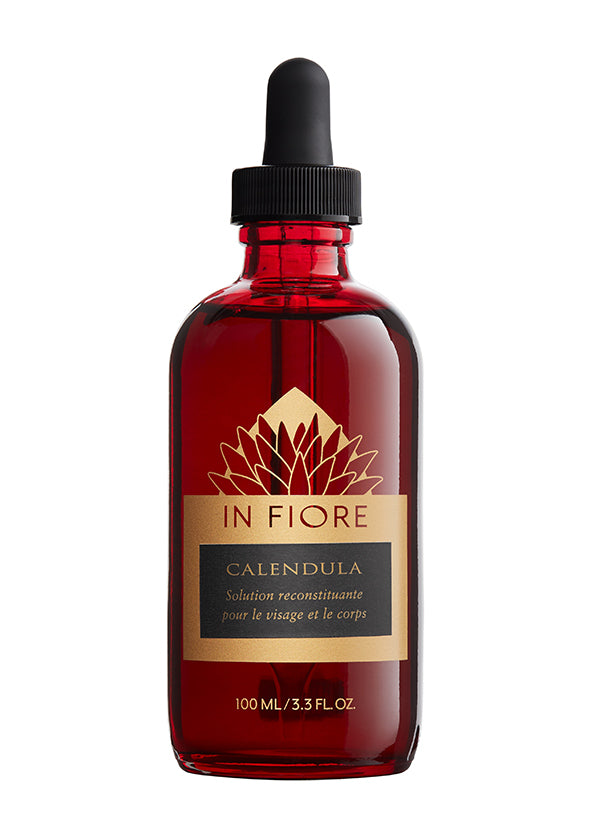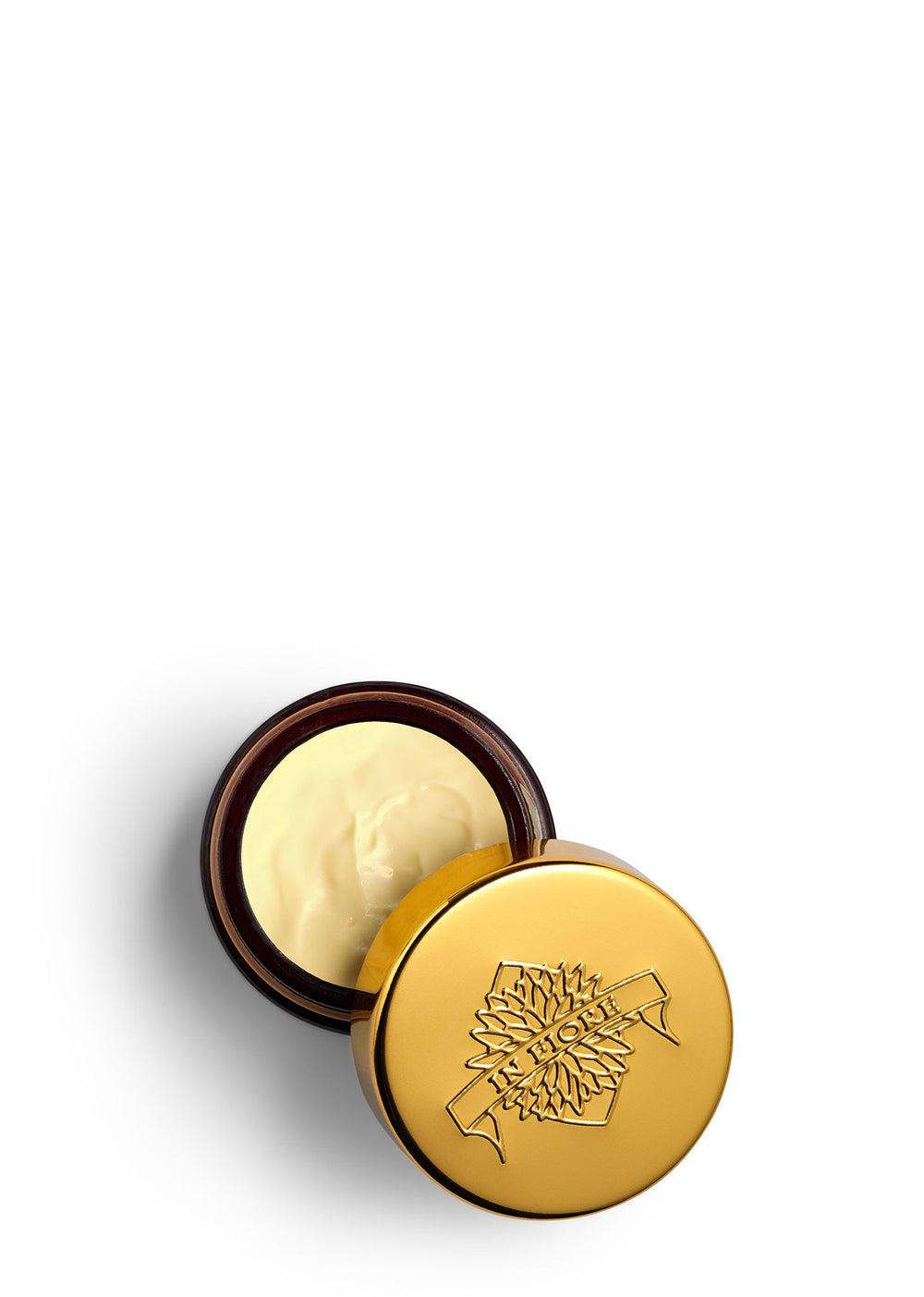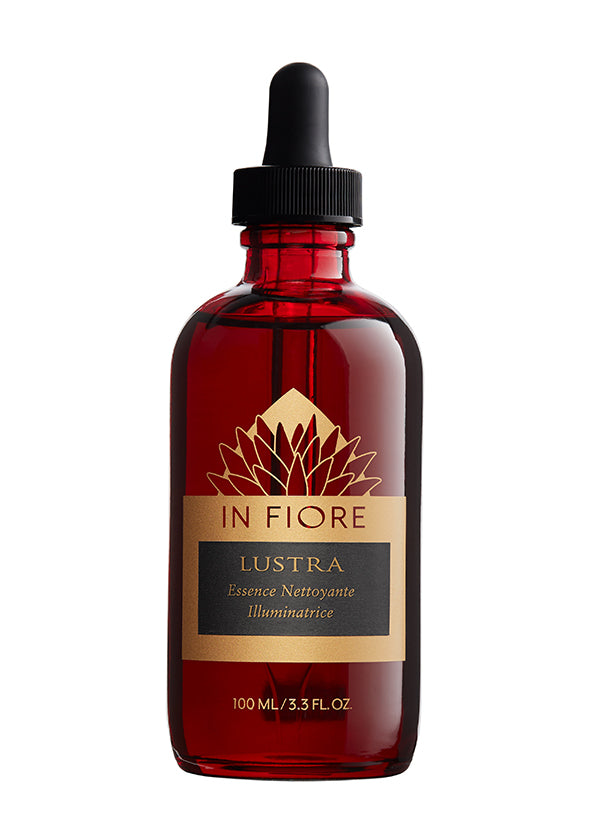Soothing Serenity

Originating from the sun-drenched fields of Southern and Western Europe, Roman Chamomile has been a cherished herb since ancient times, valued for its soothing and healing properties. Known for its petite daisy-like flowers, this herb has significantly impacted the world of natural remedies and aromatherapy.
Historically, Roman Chamomile was widely used across ancient civilizations, notably by the Romans, who employed it for courage during war, and the Egyptians, who dedicated it to their sun god Ra due to its sun-like appearance and healing qualities. Its use has been deeply intertwined with cultural practices and traditional medicine.
Recognized for its calming and anti-inflammatory properties, Roman Chamomile is a go-to herb for addressing issues like anxiety, insomnia, and digestive troubles. Its efficacy in soothing the nervous system and supporting digestive health has been upheld by modern research.
Championed for its versatility, Roman Chamomile has become a staple in contemporary holistic practices, akin to revered herbs like Lavender and Peppermint. As we explore its wide-ranging benefits, we appreciate its holistic impact on both body and mind.
Pharmaceutical Name: Chamaemelum nobile
Alternate Names: English Chamomile, True Chamomile, Common Chamomile.
Constituents: Rich in flavonoids, terpenoids, including bisabolol and matricin, and essential oils.
Tropism: Nervous system, Digestive system; harmonizing for the Solar Plexus and Heart Chakras.
Preparation: Distillation of the flowers to extract essential oil; also used in teas, capsules, and topical applications.
Essential Function: Sedative, anti-inflammatory, antispasmodic, carminative.
Traditional Use: Shock, anxiety, tension, fear, impatience, depression, grief, emotional withdrawal, headaches including migraine; muscle pain related to nervous conditions; nausea, PMS, menopausal irritability.
Physiological: Nebulizer inhalation, gel cap, suppository, liniment. Used in aromatherapy, herbal teas, and topical applications. Systemic nervous relaxant for hypertonic tense conditions. Prominent for soothing the nervous system, aiding sleep, easing gastrointestinal discomfort, and reducing inflammation. Enhances skin health when applied topically.
Psychological: Inhaled, aromatic diffusion, whole body massage for reducing basal ganglia and deep limbic hyperfunctioning, resolves temporal lobes hyperfunctioning. Calms the mind and promotes relaxation easing nervous tension, anxiety, stress, and insomnia.
Topical: Applied as compress, lotion, or infused oils and balms for skin ailments like eczema, rashes, minor burns, cuts, broken capillaries, cracked nipples, muscle cramps and pain, painful or itchy dermatitis, insect bites, teething pain, toothache. Indicated in skincare for dry, sensitive skin, broken skin capillaries, puffiness, congested pores, and sunburn.
TCM: Circulating and descending nature, regarded for its cooling and calming properties, Roman Chamomile balances Qi, particularly in the Liver meridian, helping alleviate stress and anger.
Ayurveda: Primarily balances Pitta due to its cooling properties. It soothes the mind, aids digestion, and helps manage Pitta-related disorders.
Chakra Affinity: Heart and Solar Plexus Chakras.
Psychospiritual: Roman Chamomile is known for its grounding and calming effects, fostering emotional balance and inner peace. It encourages a deep connection with the self and the nurturing aspect of nature.
Anthroposophical: Associated with the water element, Roman Chamomile resonates with emotional fluidity and adaptability. It helps align the etheric and astral bodies, promoting emotional resilience and a sense of harmony with the rhythms of nature.
With its rich history and broad spectrum of benefits, Roman Chamomile symbolizes a bridge between traditional wisdom and modern wellness practices. Its gentle yet profound impact on the human body and spirit exemplifies the power of nature's remedies. As we embrace its calming essence, Roman Chamomile remains a beacon of tranquility and healing in a chaotic world.
|
|
|
|
|
|




